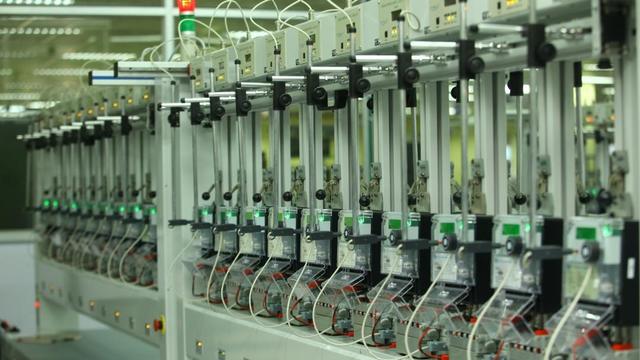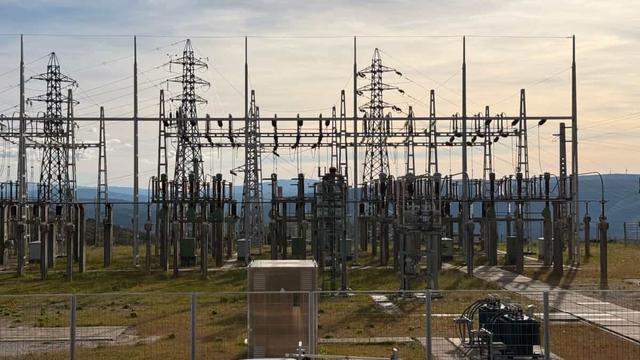US policy makers couldn't possibly pass up an opportunity to save $30 billion in electricity costs, or could they?
#electricitycosts #evcharging #chargingstations #smartgrid #distributedenergyresources #ders #utilities #grid #resilience #evs #electricvehicles #electricity #electricityrates #utilitybills





